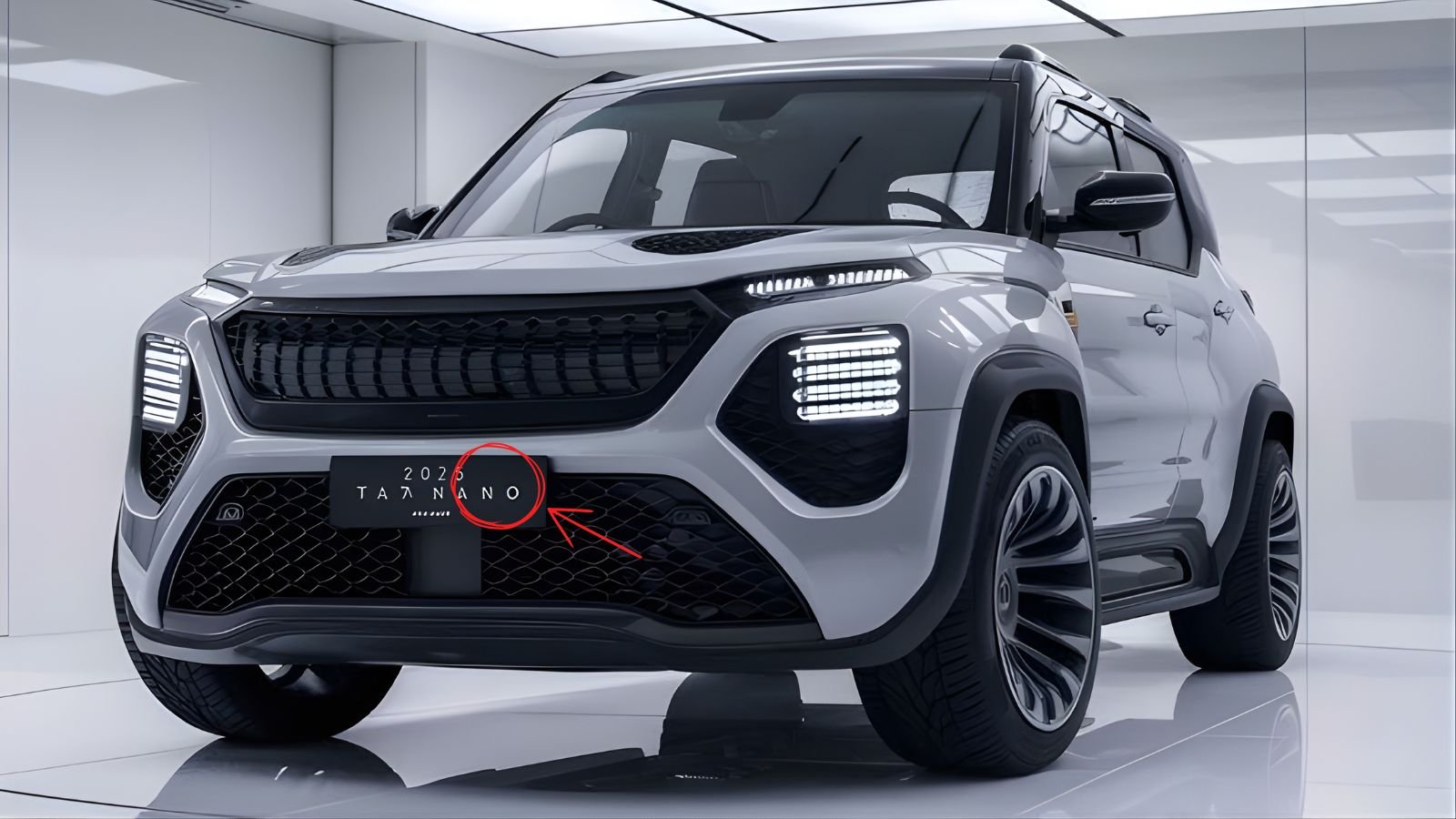The Tata Nano 2025 stands as an enduring symbol of India’s automotive evolution. First launched as “The People’s Car,” it changed the way millions perceived personal mobility by offering a four-wheeler at the historic price of ₹1 lakh. Designed with a compact body, rear-engine layout, and remarkable fuel efficiency, the Nano quickly became a global icon of affordability and innovation.
In 2025, the Nano name has resurfaced in headlines following the Supreme Court’s October 13 ruling on the Singur land acquisition, which prioritized farmer welfare over industrial interests. This verdict rekindled public interest in the Nano’s legacy, reminding many of its impact on India’s middle-class aspirations and Tata Motors’ visionary approach.
Although Tata Motors has not confirmed an official comeback, industry watchers continue to speculate about a modern Nano built for the electric age. A potential revival would likely include a new-generation design, updated safety features, and a fully electric powertrain suited to urban mobility trends.
As conversations about affordable mobility and sustainability intensify, the Nano remains more than just a car—it represents an idea that democratized driving in India and could soon evolve into a symbol of accessible electric innovation.
Tata Nano 2025 Specifications and Features
The Tata Nano 2025 specifications demonstrate efficient engineering focused on affordability and practicality. The original model featured a 624 cc I2 SOHC MPI petrol engine producing 38 PS (28 kW; 37 hp) with 51 N⋅m of torque. Key Tata Nano 2025 features include compact design and exceptional fuel efficiency, achieving 23.9-25.39 kmpl in petrol variants and up to 36 km/kg in CNG variants.
The vehicle’s dimensional specifications made it ideal for Indian road conditions:
- Wheelbase: 2,230 mm
- Length: 3,099-3,164 mm
- Width: 1,390 mm
- Height: 1,652 mm
- Curb Weight: 600-635 kg
Tata Nano 2025 Price and Variant Details
Understanding the Tata Nano 2025 price structure helps buyers make informed decisions. The last recorded pricing and variant information provides insight into the model’s positioning:
| Variant | Engine | Transmission | Fuel Type | Mileage | Price (₹) |
|---|---|---|---|---|---|
| Nano XE | 624 cc | Manual | Petrol | 23.9 kmpl | 2.36 Lakh |
| Nano XM | 624 cc | Manual | Petrol | 23.9 kmpl | 2.72 Lakh |
| Nano XT | 624 cc | Manual | Petrol | 23.9 kmpl | 2.93 Lakh |
| Nano CNG XM | 624 cc | Manual | CNG | 36 km/kg | 2.97 Lakh |
| Nano XMA | 624 cc | Automatic | Petrol | 21.9 kmpl | 3.15 Lakh |
| Nano XTA | 624 cc | Automatic | Petrol | 21.9 kmpl | 3.35 Lakh |
The Tata Nano 2025 model showcases innovative engineering in compact car design, with transmission options including both 4-speed manual and 5-speed AMT variants to cater to different driving preferences.
Tata Nano EV 2025: The Electric Future
The potential Tata Nano EV 2025 could revolutionize affordable electric mobility in India. Recent developments indicate possible evolution toward sustainable transportation, with expected range capabilities of 150-250 km. This electric variant would align with Tata Motors’ broader EV strategy and India’s push toward cleaner transportation solutions.
The electric version would maintain the Nano’s core philosophy of affordable mobility while incorporating modern technology and environmental consciousness. This approach could position the vehicle as a pioneer in the budget electric vehicle segment, similar to its original impact in the conventional car market.
The Tata Nano’s legacy continues to influence India’s automotive landscape, demonstrating that innovation and affordability can coexist to create meaningful transportation solutions for the masses.
